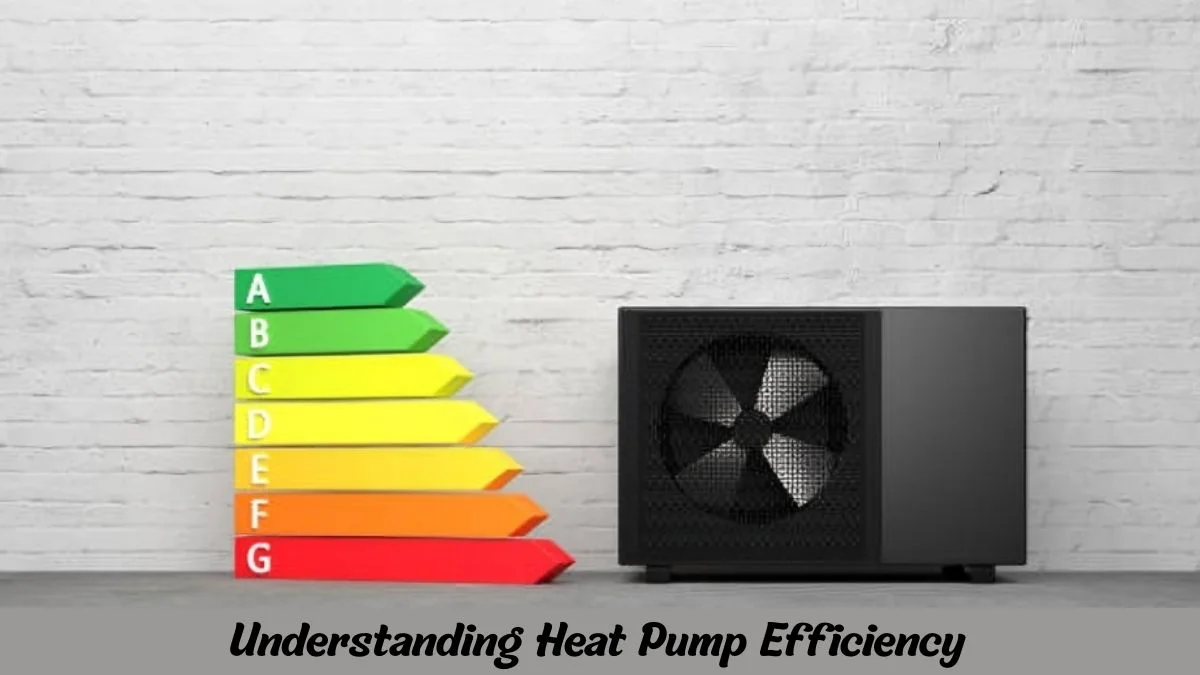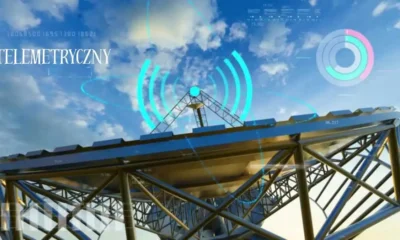HOME IMPROVEMENT
Understanding Heat Pump Efficiency Ratings: What Homeowners Should Know

Efficiency ratings are a critical aspect of evaluating heat pumps, as they directly impact energy consumption, cost savings, and overall performance. For homeowners considering a heat pump system, understanding these ratings can make a significant difference in selecting the right unit for your needs. This guide breaks down the most important efficiency metrics and explains how they contribute to an energy-efficient home.
The Basics of Heat Pump Efficiency
Heat pumps work by transferring heat rather than generating it, making them one of the most energy-efficient systems available for heating and cooling. Their efficiency is measured by specific metrics that reflect their ability to convert energy into heating or cooling output.
The key ratings to look for include:
- SEER (Seasonal Energy Efficiency Ratio): Measures cooling efficiency over a typical cooling season.
- HSPF (Heating Seasonal Performance Factor): Reflects heating efficiency over a typical heating season.
- COP (Coefficient of Performance): Indicates the system’s efficiency at a specific moment in time.
Each of these metrics provides valuable insights into a heat pump’s performance and energy use.
SEER: Measuring Cooling Efficiency
SEER is the primary metric for evaluating a heat pump’s cooling efficiency. It calculates the cooling output divided by the total energy consumed over a typical cooling season.
What to Look For:
- A higher SEER rating indicates better energy efficiency.
- Modern heat pumps typically have SEER ratings between 14 and 24, with higher-end models offering greater savings.
Why It Matters:
- A unit with a high SEER rating can significantly reduce electricity bills during summer months.
- It’s especially important for homeowners in warmer climates where cooling demands are higher.
HSPF: Evaluating Heating Efficiency
HSPF is the counterpart to SEER, measuring the heating efficiency of a heat pump over a typical heating season. It considers the total heating output in BTUs (British Thermal Units) relative to the total energy consumed in kilowatt-hours (kWh).
What to Look For:
- Heat pumps with HSPF ratings of 8 or higher are considered efficient.
- Cold-climate models often achieve ratings of 10 or more.
Why It Matters:
- A high HSPF rating ensures effective heating performance, even in colder regions.
- It reduces energy consumption and operational costs during the winter months.
COP: A Snapshot of Real-Time Efficiency
The Coefficient of Performance (COP) measures the ratio of heating or cooling output to energy input at a specific point in time. While SEER and HSPF provide seasonal averages, COP reflects instantaneous efficiency.
What to Look For:
- A higher COP indicates greater efficiency at the tested conditions.
- Heat pumps generally have COP values between 2.5 and 4.
Why It Matters:
- COP helps evaluate performance under specific conditions, such as extreme temperatures.
- It’s particularly useful for comparing systems designed for diverse climates.
Energy Star Certification
In addition to SEER, HSPF, and COP ratings, the Energy Star certification is a trusted indicator of efficiency. Products with this label meet strict standards set by the U.S. Environmental Protection Agency (EPA) and the Department of Energy (DOE).
Why Choose Energy Star-Certified Heat Pumps:
- They use up to 20% less energy than standard models.
- They often qualify for rebates and incentives, making them a cost-effective choice.
Matching Ratings to Climate Conditions
Efficiency ratings aren’t a one-size-fits-all solution; their importance varies based on your local climate. Here’s how to prioritize ratings depending on where you live:
- Warm Climates: Focus on high SEER ratings to optimize cooling efficiency.
- Cold Climates: Prioritize high HSPF ratings and cold-climate certifications for reliable heating.
- Moderate Climates: Look for balanced SEER and HSPF ratings to ensure year-round performance.
Cost Savings from High-Efficiency Heat Pumps
Investing in a high-efficiency heat pump may have higher upfront costs, but the long-term savings are substantial:
- Lower Utility Bills: A heat pump with high SEER and HSPF ratings can reduce energy costs by up to 50% compared to older systems.
- Rebates and Incentives: Many governments and utility companies offer financial incentives for purchasing energy-efficient models. Foundry Heat Pumps helps homeowners navigate these programs to maximize savings.
- Increased Home Value: Energy-efficient systems are attractive to potential buyers, boosting property value.
Understanding the Importance of Proper Sizing
Efficiency ratings are only meaningful if the heat pump is correctly sized for your home. An undersized system will struggle to meet heating and cooling demands, while an oversized unit may cycle on and off frequently, reducing efficiency and lifespan.
Factors Influencing Sizing:
- Square footage of the home.
- Insulation levels and window quality.
- Local climate conditions.
Professional HVAC companies, like Foundry Heat Pumps, perform load calculations to ensure your system is the right fit for your home.
Enhancing Efficiency with Maintenance
Even the most efficient heat pump requires regular maintenance to perform at its best:
- Filter Changes: Replace filters every 1-3 months to maintain airflow.
- Coil Cleaning: Keep the evaporator and condenser coils free from dirt and debris.
- Refrigerant Checks: Ensure refrigerant levels are within the manufacturer’s specifications.
- Professional Inspections: Schedule annual tune-ups to address wear and tear.
By staying proactive, you can extend the life of your heat pump and preserve its efficiency ratings.
Planning for the Future
As heat pump technology continues to evolve, efficiency ratings are expected to improve. Features like variable-speed compressors, advanced refrigerants, and smart home integration are driving even greater energy savings.
Homeowners who invest in high-efficiency heat pumps today can enjoy cutting-edge performance and long-term benefits. Foundry Heat Pumps remains committed to providing the latest innovations and expert guidance to help customers achieve their energy efficiency goals.
Conclusion
Understanding heat pump efficiency ratings is essential for selecting a system that meets your home’s heating and cooling needs. By focusing on SEER, HSPF, COP, and Energy Star certifications, you can make an informed decision that maximizes comfort, minimizes energy costs, and supports environmental sustainability. Foundry Heat Pumps is here to help you navigate these metrics and choose the perfect heat pump for your home. With the right system and proper care, you’ll enjoy efficient, reliable performance for years to come.
Want to learn more? Visit our blog for expert advice and ideas.
-

 BIOGRAPHY7 months ago
BIOGRAPHY7 months agoBehind the Scenes with Sandra Orlow: An Exclusive Interview
-

 HOME1 year ago
HOME1 year agoDiscovering Insights: A Deep Dive into the //vital-mag.net blog
-

 HOME1 year ago
HOME1 year agoSifangds in Action: Real-Life Applications and Success Stories
-

 BIOGRAPHY1 year ago
BIOGRAPHY1 year agoThe Woman Behind the Comedian: Meet Andrew Santino Wife




























